
Thai history of Thailand began as a group of immigrants went into a frontier that was claimed by empires for patronage, trade, and forced labor. At last, the nation formed a national identity around its monarchy, language, and religion. The rulers opposed colonization by the West, which was asked to surrender its hold over the country, leading to challenges by Thailand’s monarchs. Since their progress to a constitutional monarchy in 1932, the military overwhelmingly took over the country with a couple of administrative terms with some gaps in between. The history of Thailand is quite vast and has several significant incidents. Here is a brief timeline.
Here’s a brief overview of the major periods and events in Thai history:
1. Ancient Civilizations
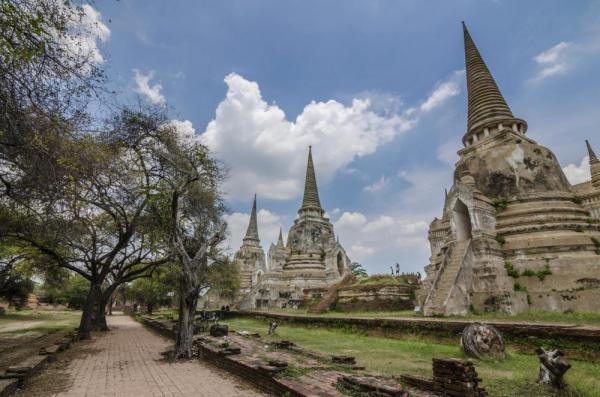
Archaeological evidence suggests that Thailand has been inhabited since at least 4,000 BCE. Various ancient civilizations flourished in the region, such as the Dvaravati and Srivijaya kingdoms, which had strong cultural and trade connections with India and other Southeast Asian nations.
2. Sukhothai Kingdom
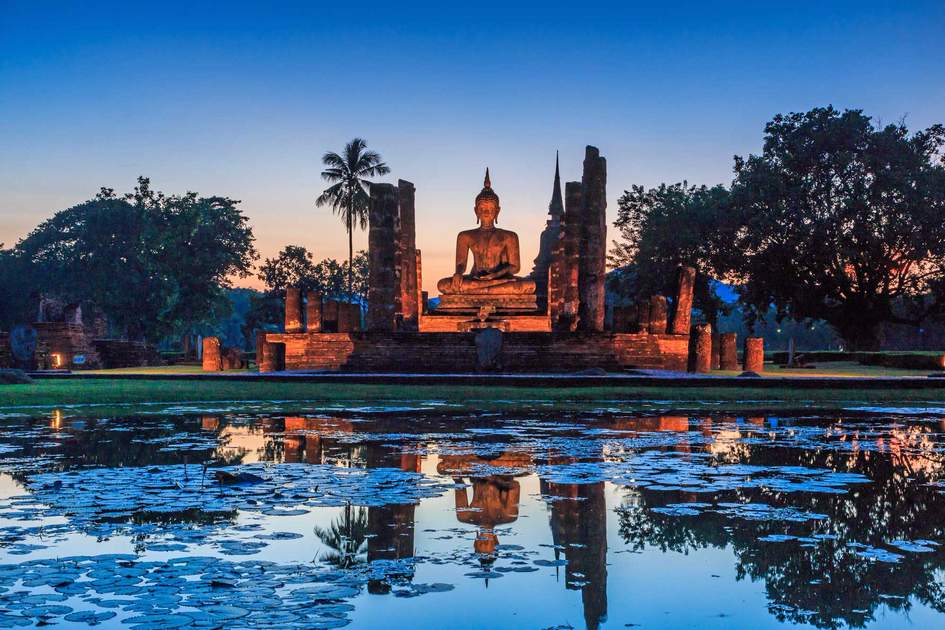
In the 13th century, the Kingdom of Sukhothai emerged as a powerful state in northern Thailand. Under King Ramkhamhaeng the Great, Sukhothai experienced a period of prosperity, cultural development, and the establishment of Theravada Buddhism as the state religion.
3. Ayutthaya Kingdom
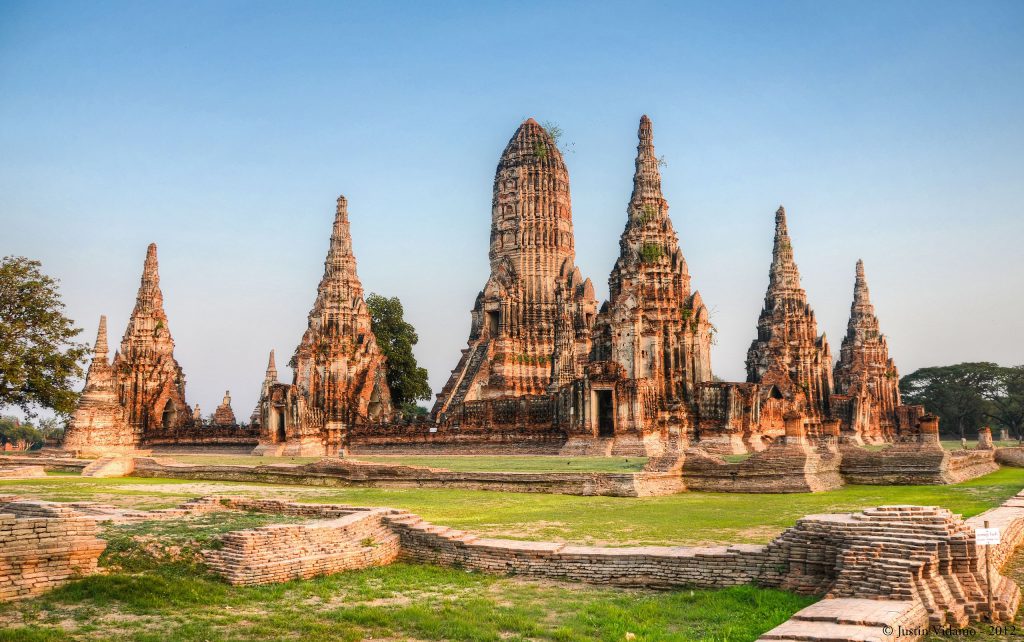
The Ayutthaya Kingdom, founded in 1351, became one of the most significant and prosperous kingdoms in Southeast Asia. It expanded its influence over much of present-day Thailand, Laos, Cambodia, and parts of Myanmar and Malaysia. Ayutthaya was a center of trade, culture, and diplomacy until its downfall in 1767 due to an invasion by the Burmese.
4. Thonburi and Rattanakosin Periods
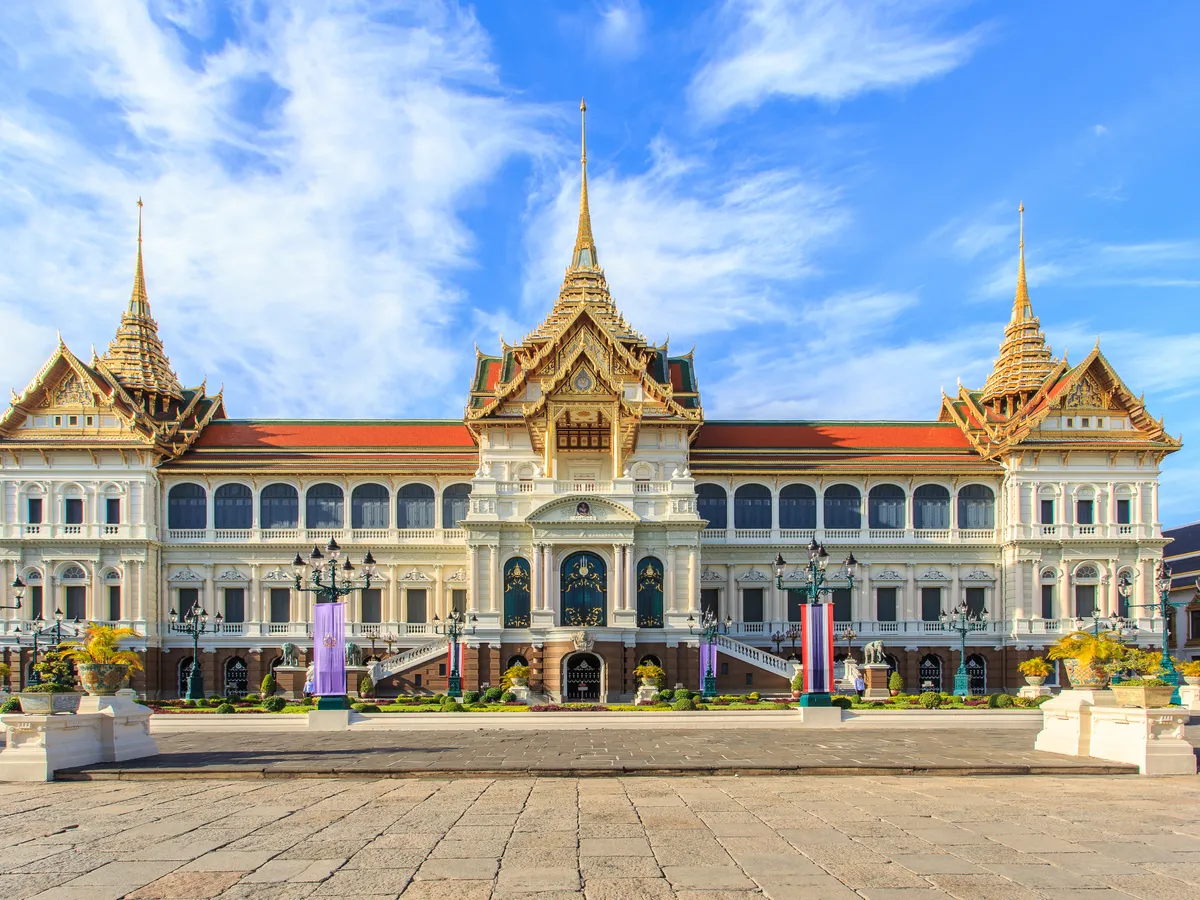
After the fall of Ayutthaya, General Taksin established the short-lived Thonburi Kingdom in 1769. Following Taksin’s reign, King Rama I established the Rattanakosin Kingdom in 1782, with Bangkok as its capital. The Chakri Dynasty, which still reigns today, was founded during this period.
5. Modernization and Western Influence:
In the late 19th century, Thailand experienced growing pressure from Western powers, seeking to colonize Southeast Asia. King Rama IV (King Mongkut) and King Rama V (King Chulalongkorn) undertook significant reforms and modernization efforts to protect Thailand’s sovereignty. These reforms included administrative, legal, educational, and social changes.
6. World War II and Independence

During World War II, Thailand was occupied by Japan but managed to maintain nominal independence. After the war, Thailand emerged as a constitutional monarchy, and in 1949, it officially changed its name from Siam to Thailand.
7. Modern Thailand
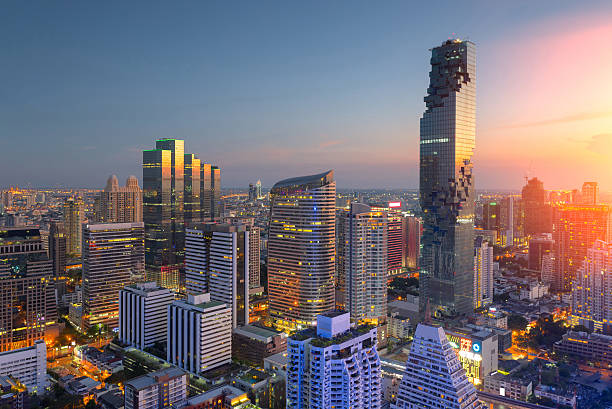
In the latter half of the 20th century, Thailand experienced periods of political instability, military coups, and democratic transitions. It also underwent rapid economic development and became a major player in the Southeast Asian region. Today, Thailand is a constitutional monarchy with a parliamentary system.